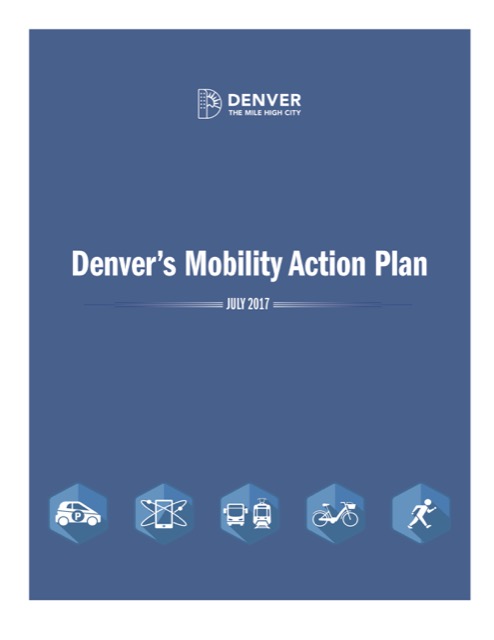As in most other cities, Portland transit ridership is declining, and TriMet, Portland’s transit agency, promised to tell its board of directors why in last Wednesday night’s meeting. Before the meeting, one TriMet rider tweeted, “because it’s unreliable and unsafe. It’s not a mystery.” The “unsafe” part partly referred to last May’s murder of two people who were trying to defend a teenage girl from a bigot on a light-rail train.
The report to the board ignored the safety issue but listed all the other usual suspects: low gas prices; competition from Uber and Lyft; late buses due to traffic congestion. But then it added a new one: rising housing prices. Graphics on pages 21 and 22 of the board report (actually a PowerPoint show, so there’s no explanatory text) show a correlation between neighborhoods with the fastest rising housing prices and the biggest declines in transit ridership. TriMet staff apparently suspect that housing costs are forcing transit riders to move to lower-cost neighborhoods that are less accessible to transit.
It is interesting to note that two of the region’s policies for boosting transit — densification (which makes housing expensive) and congestification (which makes buses late) — are now suspected of hurting transit. Of course, no one at TriMet would ever suggest that these policies be reconsidered. Continue reading








